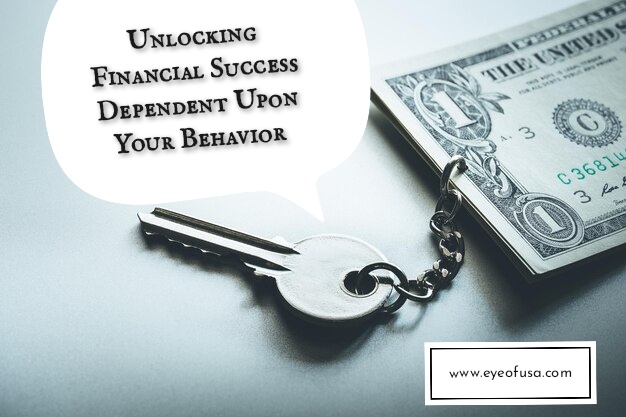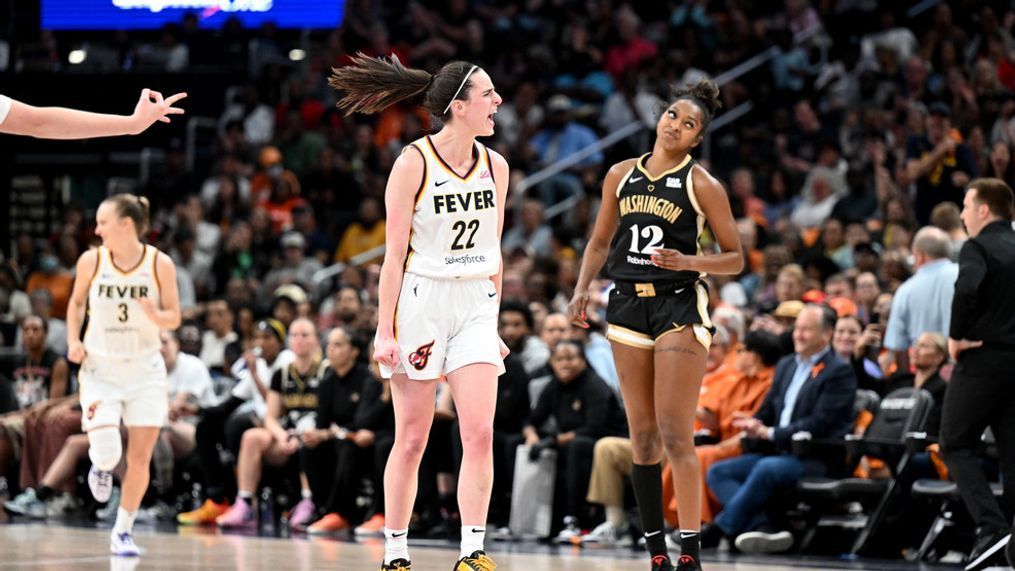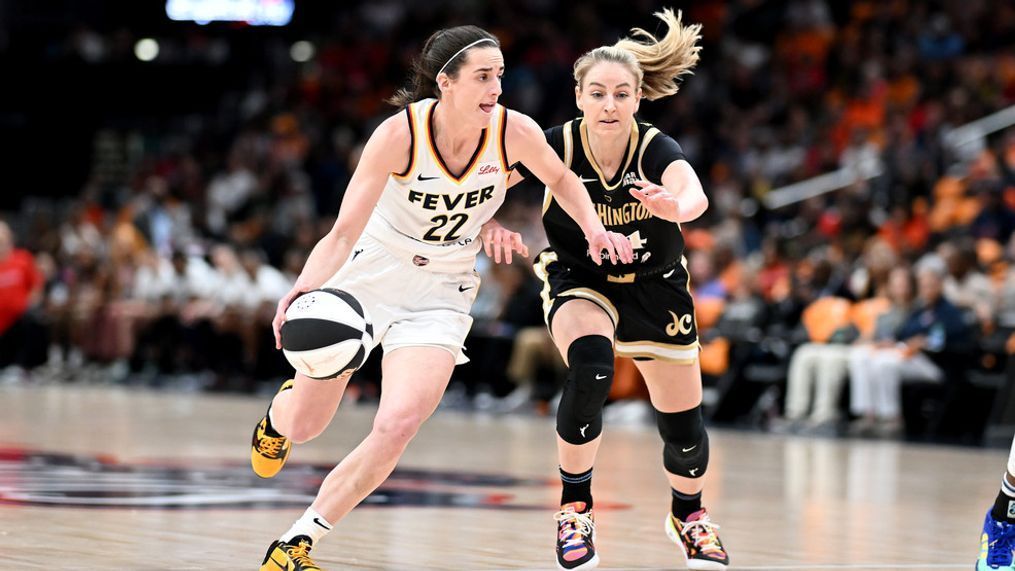The Ultimate Guide to Baseball: History, Rules, and Tips for New Fans

Baseball has long held the title of “America’s Pastime,” captivating fans of all ages across the U.S. For those new to the game, baseball might seem a bit complex at first, but with a little understanding, you’ll be ready to enjoy this iconic sport. In this guide, we’ll dive into the history, basic rules, strategies, and tips to help you get started. Whether you’re a new fan or want to deepen your knowledge, this article has everything you need to know about baseball.
What is Baseball and Why is It Popular in the U.S.?
Baseball is a bat-and-ball game played between two teams of nine players each. The goal is to score runs by hitting a ball and running around a series of four bases arranged in a diamond shape. It’s not just a sport in the U.S.; it’s a tradition that unites people across generations. For over a century, baseball has been at the heart of American culture, with many people growing up playing it in their backyard or local parks.
A Brief History of Baseball
How did baseball start?
The origins of baseball are somewhat debated, but most historians agree that the modern version of the game was first played in the 1800s. It evolved from older bat-and-ball games, such as cricket and rounders, played in England. Alexander Cartwright is often credited with formalizing the rules of baseball in 1845, which laid the groundwork for the sport as we know it today.
Key Milestones in Baseball History
- 1869: The Cincinnati Red Stockings became the first professional baseball team.
- 1903: The first World Series was played between the American League and National League champions.
- 1947: Jackie Robinson broke the color barrier, becoming the first African American to play in Major League Baseball (MLB).
- 1973: The designated hitter rule was introduced in the American League.
The Major League Baseball (MLB) organization was established in the early 1900s and remains the governing body of professional baseball in the U.S.
Basic Rules of Baseball
How is baseball played?
Baseball is played over nine innings, where each team takes turns batting and fielding. The goal is to score runs by hitting the ball and running around all four bases. Each inning consists of both teams having a chance to bat and play defense. A game typically lasts between two to three hours, depending on the number of hits, runs, and defensive plays.
Key Terms You Should Know:
- Inning: A division of the game where each team has a chance to bat and field.
- Strike: When the batter swings at a pitch and misses, or when a pitch crosses the strike zone but the batter doesn’t swing.
- Out: The defensive team records an out by catching a hit ball before it lands, tagging a runner, or striking out a batter.
- Run: A point scored when a player successfully reaches home plate after rounding all the bases.
Famous Baseball Teams and Players
The MLB is made up of 30 teams, divided into the American League and National League. Some teams, like the New York Yankees, Los Angeles Dodgers, and Boston Red Sox, have achieved legendary status due to their historic wins and rosters filled with star players.
Who are some of the most iconic baseball players?
- Babe Ruth: One of the greatest hitters in history, known for his incredible home runs.
- Jackie Robinson: The first African American player in MLB, breaking racial barriers in sports.
- Derek Jeter: A modern legend, known for his time with the New York Yankees and being a five-time World Series champion.
Currently, players like Mike Trout, Shohei Ohtani, and Mookie Betts are leading the charge, showcasing incredible talent and inspiring the next generation of baseball fans.
Essential Baseball Equipment
To play baseball, you’ll need the following gear:
- Bat: Typically made of wood or aluminum, used to hit the ball.
- Glove: A padded leather mitt used to catch the ball.
- Helmet: Worn by batters to protect their heads from pitches.
- Ball: A small, leather-covered ball that is thrown and hit during the game.
Quality equipment is essential not only for performance but also for safety, especially when it comes to young or amateur players.
Baseball Strategy and Techniques
What are some key offensive and defensive strategies?
- Offensive Strategies: Focus on getting on base through solid hits and smart base running. Batters can bunt, hit for power, or aim for strategic placement of the ball to avoid fielders.
- Defensive Strategies: Involve strong pitching, sharp fielding, and effective communication among players. Pitchers often use a variety of pitches (fastballs, curveballs, etc.) to confuse the batter, while infielders and outfielders work together to prevent runs.
Why is teamwork important in baseball?
Baseball is not just about individual performance. Players must work as a team to execute defensive plays and maintain strong communication. Success in baseball often hinges on how well players coordinate their movements, especially during high-pressure moments.
How to Get into Baseball as a New Fan
Where can I watch baseball?
You can watch baseball on major networks like ESPN, FOX Sports, and MLB Network. For streaming, platforms like MLB.TV allow you to watch games live or on-demand.
What are some good resources for learning more about baseball?
- MLB.com: The official site of Major League Baseball, offering game highlights, news, and player stats.
- Baseball-Reference.com: A treasure trove of statistics, perfect for those who want to dive deep into player and team data.
- YouTube: Numerous channels offer tutorials, game highlights, and analyses to help you better understand the sport.
Understanding the basics of baseball stats—such as batting average, ERA (earned run average), and OPS (on-base plus slugging)—will also enhance your appreciation of the game.
Conclusion: Why Baseball Will Always Be America’s Favorite Pastime
Baseball has evolved over time, but its core remains the same—a game built on strategy, skill, and teamwork. Whether you’re watching at home or cheering from the stands, the thrill of the game is undeniable. Baseball is here to stay, and now that you’ve got the basics down, it’s time to enjoy it firsthand.
Common Questions About Baseball
- What is the objective of baseball?
The main objective is to score more runs than the opposing team by hitting the ball and successfully running around all four bases. - What is a strikeout in baseball?
A strikeout occurs when a batter receives three strikes during their time at bat, either by swinging and missing or not swinging at a pitch in the strike zone. - How long does a typical baseball game last?
Most games last between two and three hours, though extra innings or slow-paced games can extend the duration. - What makes a good baseball player?
A good player has a combination of physical skills (hitting, fielding, running) and mental toughness, with a deep understanding of the game’s strategies.
By following these tips and understanding the rules, you’ll be well on your way to enjoying baseball like a seasoned fan!









